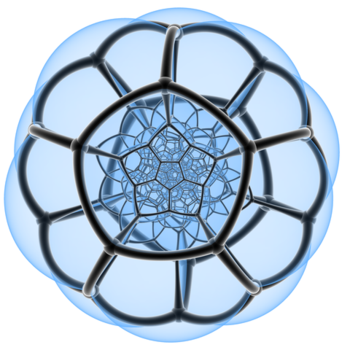First of all, let's recall the quotient rule.
Let #f,g:]a,b[ to mathbb(R)# be two functions and let #f# and #g# be differentiable in #]a,b[#. Then #forall x in ]a,b[# such that #g(x) ne 0# we get
#[f(x)/g(x)]^'= [f^'(x)g(x)-f(x)g^'(x)]/[g(x)]^2#
In this case we have
#f(x)=3x-2#
#g(x)=2x-5#
In order to get the derivative of their quotient, we need to compute their derivatives:
#f^'(x)=3#
#g^'(x)=2#
So, we substitute #f(x),g(x),f'(x),g'(x)# in the quotient rule's formula and get
#[(3x-2)/(2x-5)]^'=[3(2x-5)-(3x-2)2]/[2x-5]^2=(6x-15-6x+4)/(2x-5)^2=-11/(2x-5)^2#
Proof of the quotient rule:
Let #f,g# be two functions that satisfy the hypotheses required buy the quotient rule - including that #g(x) ne 0 forall x in ]a,b[# - and let #h# be a real valued function of real variable, such that
#h(x):=f(x)/g(x)#
Our aim is to compute #h^'(x)#.
First of all we can rewrite the quotient in the following manner
#f(x)=h(x)g(x)#
By differentiating both sides (product rule on the right side) we get that
#f^'(x)=h^'(x)g(x)+h(x)g^'(x)#
We now isolate #h^'(x)# on the left side
#h^'(x)=[f^'(x)-h(x)g^'(x)]/g(x)#
and substitute #h(x)# using its definition
#h^'(x)=[f^'(x)-[f(x)/g(x)]g^'(x)]/g(x)#
We finally rewrite the last equation to get the rule's formula
#h^'(x)=[f^'(x)-(f(x)g^'(x))/g(x)]/g(x)=[(f^'(x)g(x)-f(x)g^'(x))/g(x)]/g(x)=(f^'(x)g(x)-f(x)g^'(x))/[g(x)]^2#
NOTE:
Unlike the product rule, you can't invert the roles of #f# and #g# (even if #f# is not null in #]a,b[#) because the result would be different for every choice of #f# and #g# (real functions of real variable)!

